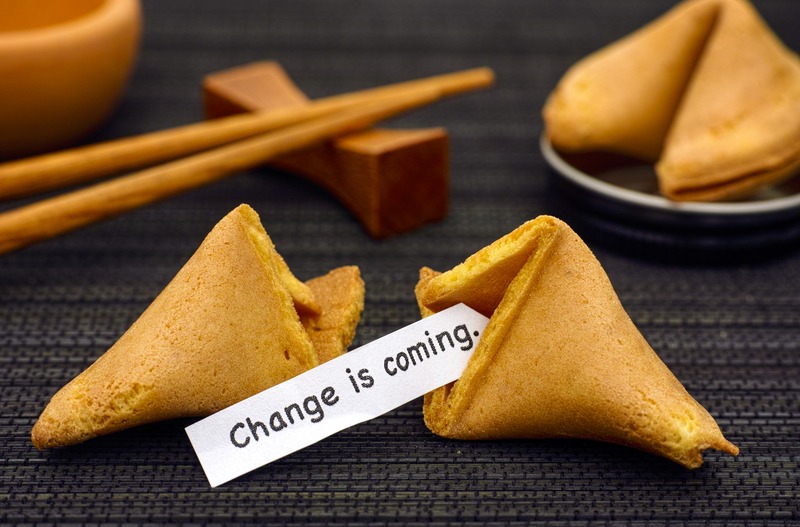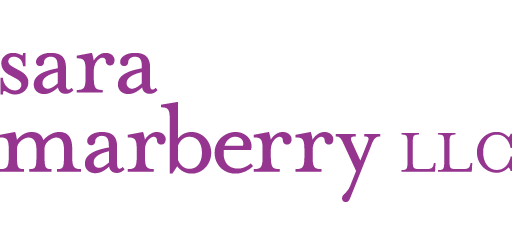
A few weeks ago I made some predictions about some specific things that would happen in the healthcare and senior living design industry in 2020.
And because I like making prognostications, I’m going to make a few more.
In the past few years, I’ve written about many healthcare industry disruptors and trends that are affecting the planning, design, and construction of U.S. hospitals, clinics, senior living communities, and residential care facilities.
Most aren’t going away. But they are evolving. Which is why it’s important to revisit them to see what’s changed.
1. Politics
The ACA is still in effect, but is much weaker since the Trump Administration began dumbing it down in 2017. So far in this election year, no top Democrats or Republicans have shown much support for it.
Whether the ACA lives or dies may not have all that much effect on healthcare planning, design, and construction though. Providers will continue to focus on access to care, preventing harm, improving the patient experience, and reducing costs. More on this>>>
2. Rural Hospital Closures
Almost one in five Americans live in rural areas. They depend on local hospitals for their care.
But faced with falling utilization rates and declining revenue, many rural hospitals have closed in the past decade — most of them clustered in states that did not expand Medicaid under the ACA. This trend is expected to continue, which means there will be increasing focus on telemedicine and perhaps even clinic care to serve rural areas.
3. Hospital Beds
Modern Healthcare predicts that in the next decade, nearly 48,000 hospital beds will need to be eliminated — or roughly 191 hospitals with 250 beds each.
Many of those will be rural hospitals. But why is it that hospitals in urban areas are still adding new bed towers and patient units?
I don’t have the answer. But I do think that reports about the death of the hospital have been greatly exaggerated. More on this>>>
4. Clinician Burnout & Staffing Shortages
Clinician burnout is at an all-time high and the U.S. healthcare system is facing looming physician and nursing shortages in the next decade.
Surveys show that many experience burnout due to depersonalization, emotional exhaustion, and a sense of low personal accomplishment. Nurses report that their work is mentally and physically demanding and that their jobs make them fatigued.
In the senior living industry, workforce issues are such a challenge that many operators spend as much time and energy recruiting and retaining talent as they do filling units.
Which is why healthcare leaders and senior living operators need to pay attention to how the design of the physical environment can be less stressful and support the things that motivated people to get into healthcare or senior living in the first place. Things like finding meaning and purpose. More on this>>>
5. Measuring the Patient Experience
Last August, the U.S. Centers for Medicare and Medicaid Services (CMS) announced that it plans to revamp its hospital ratings system in 2020. Among the things it’s doing is updating its 13-year old HCAHPS patient experience survey.
But chances that any questions will be added to the Hospital Environment section of this multiple-choice survey are slim to none. Right now, there are only two — about cleanliness and noise.
The reality is that the design of the built environment affects almost every aspect of the patient experience that the HCAHPS survey attempts to measure. That may be a concept too complicated for CMS to understand or appreciate.
But those hospital leaders who consider the design of the physical environment as part of their box of patient experience improvement tools will likely see their HCAHPS scores improve. More on this>>>
6. Climate Change
Experts predict that as global temperatures rise, hurricanes, fires, and other severe natural disasters will be more frequent and intense. This problem is not going away, folks.
That’s why it’s more important than ever to design hospitals and residential care facilities that are resilient — both during and after a storm. Resiliency has been a focus in the healthcare design industry for the past several years.
That won’t wane any time soon. More on this>>>
What do you think? Add your voice to the conversation by commenting in the box below!
P.S. Please do me a favor — if you liked this post and like this blog, please share it with others by sending them the link or posting it on your Twitter, LinkedIn, or Facebook. Also, don’t forget to subscribe, so you’ll get emails when new content is posted. Thanks!
If you like this post, please share.

What’s my story? I’m a healthcare and senior living design knowledge expert who writes and speaks frequently about trends and issues affecting these two industries. I’m also a strategic marketing consultant and content creator, working with companies and organizations who want to improve the quality of healthcare and senior living through the design of the physical environment. You can reach me at sara@saramarberry.com.


One Response
Sara, I am a retired Respiratory Therapist with over thirty years of experience, including all facets of the field, including being on the State and Federal Disaster Teams (MO-1 DMAT). My personal observance is there are plenty of nurses; however, the hospitals have a nursing shortage. It is apparent why if you ever talk with a nurse about her working conditions. Thank you for your wonderful insight. I am also the State Surgeon for the Missouri Society, War of 1812, and would like any ideas you may have on healthcares’s future.